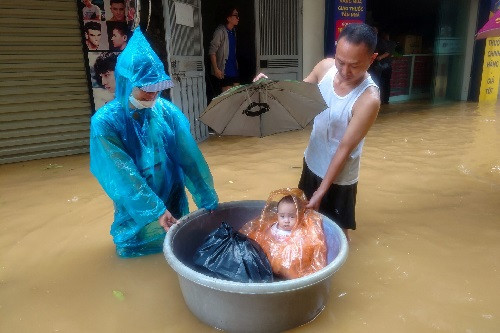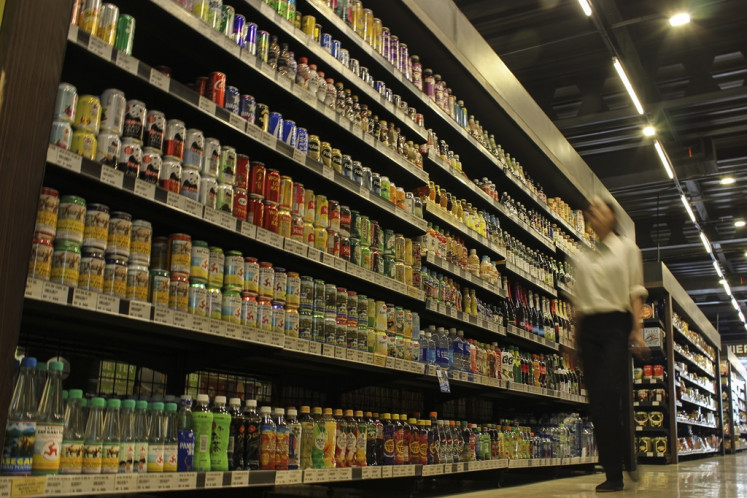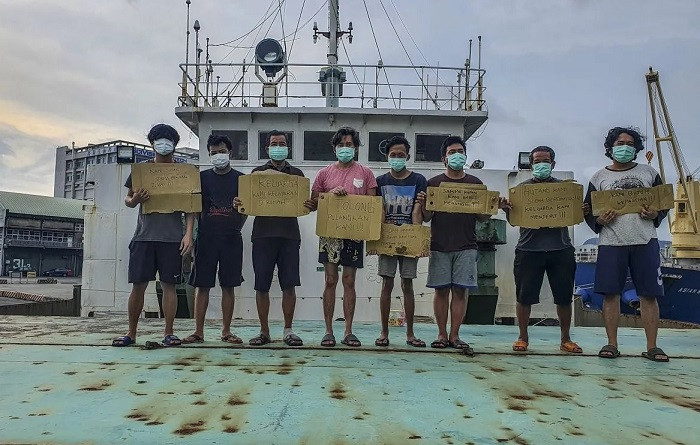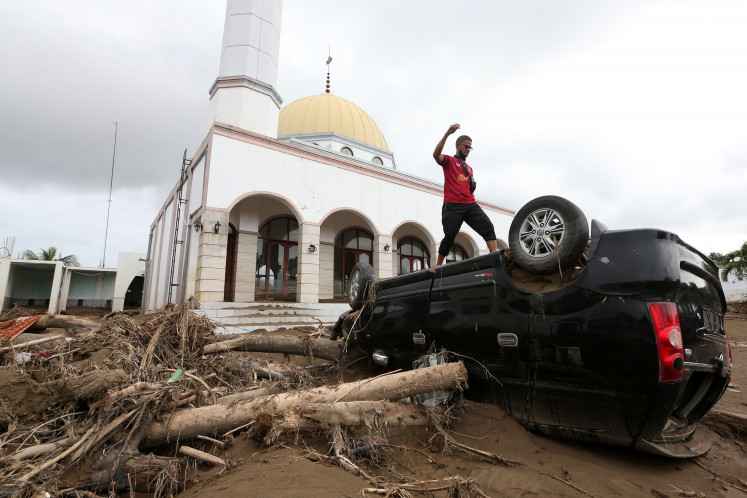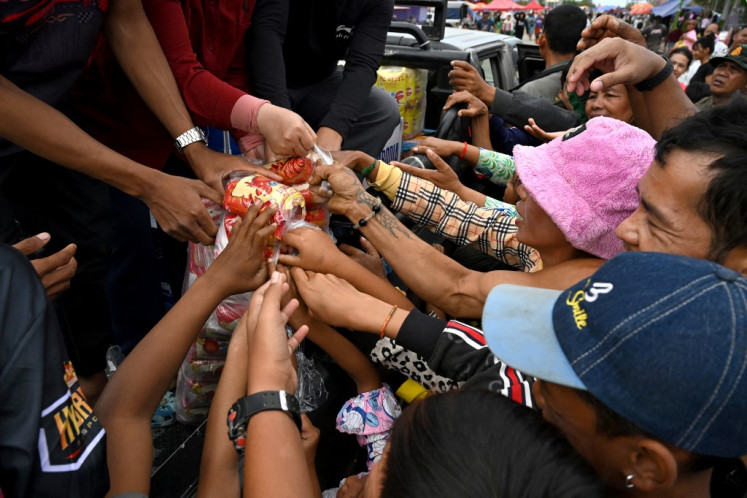Popular Reads
Top Results
Can't find what you're looking for?
View all search resultsPopular Reads
Top Results
Can't find what you're looking for?
View all search resultsEU, ASEAN joining forces against climate disasters
Disaster preparedness is a constant strand of the EU’s humanitarian funding across the world.
Change text size
Gift Premium Articles
to Anyone
B
oth Indonesia and Europe know tragically the impact of natural disasters. Both of our regions are prone to earthquakes, floods and the consequences of climate change, increasingly so.
Early in September, I was shocked by the reports of the devastation caused by Typhoon Yagi across Southeast Asia. One of the strongest cyclones in the region in decades, Yagi left a deadly trail of destruction across Vietnam, Laos, Myanmar, Thailand and Cambodia.
The European Union, as a leading global humanitarian donor, stepped in to help. We released over 2 million euros (US$2.18 million) in emergency funding to support the victims.
While people in Southeast Asia were coping with the impact of Yagi, more than 8,000 kilometers away, storm Boris was lashing central and eastern Europe. Nearly a dozen European countries were affected by floods.
Such extreme weather events that used to appear once in a lifetime are now happening almost annually. The global reality of climate breakdown is not sparing anyone. And make no mistake, these tragedies are not anomalies. They are fast becoming the norm for our shared future on this planet.
This is why disaster preparedness is a constant strand of the EU’s humanitarian funding across the world. In ASEAN countries, the EU has been supporting disaster preparedness efforts for nearly 20 years. Since 2020, we have invested nearly 87 million euros of EU funds for this purpose in Asia.
The EU also responds regularly to emergencies in the region, immediately once they occur, both through our humanitarian aid and civil protection tools. Such was the case 20 years ago, when a tsunami of unprecedented scale wreaked havoc across Southeast Asia, with northern Aceh bearing the brunt of the disaster. Then, European solidarity stepped in to help.
The EU, together with several of its members, was the largest contributor to the fund set up in the aftermath of the tragedy, to support the rehabilitation and reconstruction of the affected communities.
Thanks to this initiative, more than 20,000 homes were rebuilt, together with 670 schools, and hundreds of kilometers of roads and irrigation channels, among other key infrastructure. It represented a landmark for the partnership between the EU and Indonesia.
With the memory of that tragic moment still very present in our minds, the EU remains committed to supporting ASEAN countries to face the existing humanitarian crisis nowadays. For this purpose, I am happy to announce a new 21.5 million euro aid package to be used in Bangladesh, Myanmar, Malaysia and Indonesia.
I am proud to be in Jakarta to endorse the new agreement with ASEAN’s Coordinating Centre for Humanitarian Assistance on Disaster Management (AHA).
This new agreement reached between the EU and the AHA center will allow us to strengthen our respective capacities to respond to disasters and to exchange expertise and good practices. As ASEAN’s countries have long experience to share in disaster response, I am convinced this will provide a great opportunity to learn from each other.
***
The writer is EU commissioner for crisis management. He is visiting Indonesia on Oct. 15-17.

